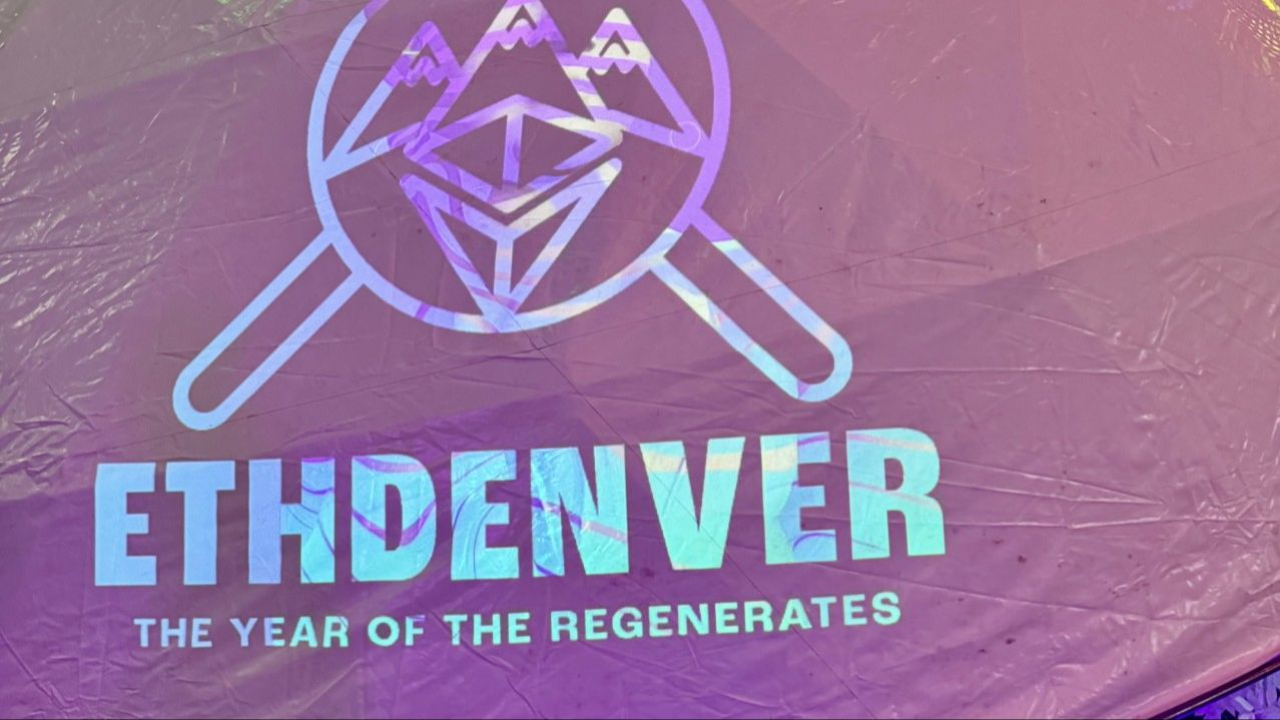The Future Unfolding: How ETHDenver and Web3 Mirror the Innovation Jam Approach to Open Innovation
Mar 19, 2025
I have just returned from ETHDenver, the epicenter of Web3 development and decentralized innovation, and what I witnessed was a massive shift forward in time—a glimpse into the future of how innovation ecosystems will function. For years, I have studied open innovation, improvisational knowledge-sharing, and innovation jams as catalysts for unlocking breakthrough ideas. What I saw at ETHDenver confirmed what I have suspected: the Web3 movement is replicating and amplifying the principles of innovation jams, creating a decentralized, participatory, and rapidly evolving ecosystem that will make traditional platform strategies of innovation obsolete.
ETHDenver: A Living, Breathing Innovation Jam
ETHDenver is a different type of conference—it is an open-source, decentralized, self-organizing innovation jam at scale. Thousands of developers, entrepreneurs, artists, and researchers converged not to follow a predetermined script, but to co-create, iterate, and build in real-time. This model reflects the principles of improvisational, emergent innovation, where individuals and teams assemble organically, driven by shared purpose rather than hierarchical mandates (Sawyer, 2007; Diasio, 2016).
Unlike traditional innovation models, where companies own proprietary R&D pipelines, ETHDenver operated as an open network of knowledge recombination, real-time prototyping, and communal problem-solving—a hallmark of innovation jams (Bjelland & Wood, 2008). The parallels were striking:
- Permissionless Participation – At ETHDenver, anyone could contribute, much like an innovation jam where expertise flows freely. Web3 is built on decentralized knowledge production, where ideas do not emerge in closed boardrooms but in fluid, high-energy hackathons.
- Iterative Experimentation – Teams rapidly prototype, get real-time feedback, and pivot instantly, much like an improvised performance. This mirrors the adaptive learning cycles of innovation jams (Bjelland & Wood, 2008) and the non-linear knowledge recombination process fundamental to open innovation (Chesbrough, 2003).
- Decentralized Collaboration Over Platforms – Instead of relying on dominant platform-controlled innovation funnels (Gawer & Cusumano, 2014), ETHDenver showed that Web3 fosters interoperable, composable innovation, where builders integrate solutions across multiple projects without permission.
Web3: The New Model of Open Innovation
ETHDenver confirmed that Web3 is not just a technological shift but an organizational paradigm shift—one that is replacing platform-based innovation with a new decentralized, participatory model. Traditional platform ecosystems, such as Apple’s App Store or Amazon’s AWS, function as gatekeepers—they control access, data, and revenue flows (Cusumano, Gawer, & Yoffie, 2019). Web3, by contrast, eliminates these constraints by designing fully open, composable, and permissionless systems where contributors are co-owners.
This shift mirrors how innovation jams enable radical idea development beyond the constraints of proprietary IP control (Bogers et al., 2017). In Web3, we see the emergence of crypto-native innovation jams, where distributed teams spontaneously form around challenges, rapidly iterate, and produce deployable solutions without institutional oversight.
For instance, decentralized autonomous organizations (DAOs) are functioning as continuous, self-organizing innovation jams, where governance, development, and funding happen in real-time through collective decision-making (Hassan & Filippi, 2021). Unlike the centralized coordination of platform ecosystems, DAOs rely on emergent organization dynamics, which reflect the fluid, improvisational nature of jam-based innovation (Diasio, 2016).
From Platforms to Protocols: The Obsolescence of Centralized Innovation Strategy
The platform strategy that has dominated business innovation for the past two decades is now obsolete. Firms that once controlled access to innovation—Apple, Google, Amazon—are now facing a world where decentralized protocols replace proprietary platforms. Instead of developers building on a platform, they now build with interoperable smart contracts and open-source libraries. This mirrors the open recombination logic of innovation jams, where creative work is additive, not extractive (Chesbrough, 2020).
In this model:
- Value is created through community participation, not gatekeeping (Benet, 2021).
- Ideas scale through network effects, not centralized control (Davidson, De Filippi, & Potts, 2018).
- Innovation is emergent, collective, and iterative, not staged in corporate labs (Sawyer, 2007).
We are witnessing the dawn of an innovation paradigm where the most valuable organizations will not be those that own the most data, but those that foster the most open and participatory ecosystems. Just as IBM’s Innovation Jams demonstrated that collective intelligence could drive business breakthroughs (Bjelland & Wood, 2008), ETHDenver and Web3 are proving that decentralized, participatory knowledge creation will drive the next era of breakthrough innovation.
Conclusion: The Future of Innovation is a Jamband, Not a Symphony
If traditional innovation was a symphony—highly structured, hierarchical, and conducted from the top down—Web3 is a jamband. It thrives on improvisation, dynamic participation, and fluid collaboration. The innovation models that succeed in this new world will not be those that control knowledge, but those that unleash it.
ETHDenver was not just a conference—it was a massive, decentralized innovation jam where the future of work, creativity, and technology unfolded in real time. As Web3 matures, the organizations that will thrive are those that understand this shift—moving away from centralized platforms and embracing permissionless, emergent innovation ecosystems.
The question is no longer if this model will take over—it’s how quickly organizations can adapt before they are left behind.
